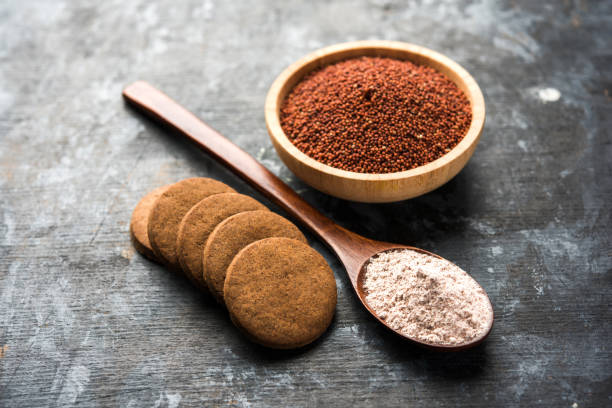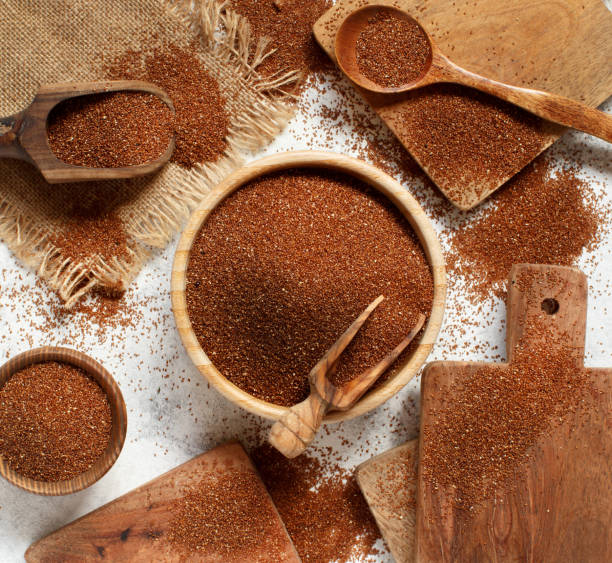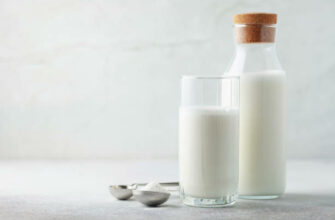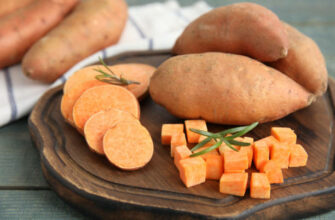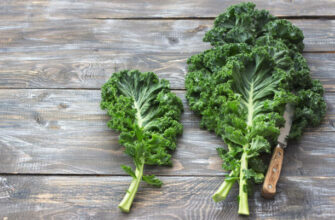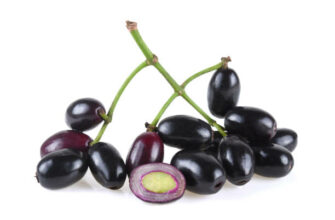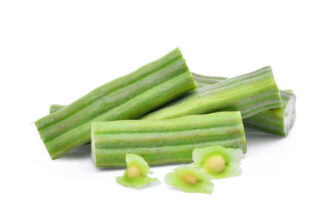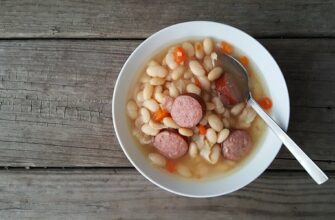Ragi flour, also known as finger millet flour, is a popular food ingredient in many parts of the world, especially in India and Africa. It is made from the dried and ground seeds of the Eleusine coracana plant, which belongs to the grass family. Ragi flour has a distinctive nutty flavor and is often used to make a variety of dishes such as rotis, porridge, and even cakes.
But beyond its taste and versatility in the kitchen, ragi flour is also praised for its many health benefits. In this article, we will take a closer look at the nutritional value of ragi flour and whether it is healthy for you.
One of the main reasons why ragi flour is considered a nutritious food is that it is rich in various minerals and vitamins. For instance, it is a good source of calcium, iron, and other trace minerals such as magnesium, phosphorous, and potassium. These minerals are essential for maintaining strong bones and teeth, as well as supporting healthy nerve and muscle function.
Ragi flour is also a good source of protein, which is important for building and repairing tissues in the body. It contains a high amount of the amino acid lysine, which is essential for the proper growth and development of the human body. Lysine is also important for the absorption of calcium and the production of collagen, which is a protein that helps to maintain the elasticity and strength of skin and other connective tissues.
In addition to its protein and mineral content, ragi flour is also a good source of dietary fiber. Fiber is an important nutrient that helps to maintain healthy bowel function and prevent constipation. It can also help to lower cholesterol levels, which can reduce the risk of heart disease.
Another key nutritional benefit of ragi flour is its low glycemic index (GI). The GI is a measure of how quickly a food raises blood sugar levels. Foods with a high GI are more likely to cause spikes in blood sugar levels, which can lead to problems such as insulin resistance and type 2 diabetes. In contrast, foods with a low GI are absorbed more slowly into the bloodstream, helping to maintain stable blood sugar levels. Ragi flour has a low GI, making it a good choice for people who are trying to control their blood sugar levels.
So, is ragi flour healthy for you? Overall, the answer is yes. Ragi flour is a nutritious food that is rich in minerals, vitamins, protein, fiber, and has a low glycemic index. It can be a healthy addition to a well-balanced diet and may offer a variety of health benefits.
However, it is important to note that no single food can provide all the nutrients that the body needs. It is always best to eat a varied diet that includes a variety of different foods to ensure that you are getting all the nutrients that you need.
In conclusion, ragi flour is a nutritious and healthy food that is rich in minerals, vitamins, protein, fiber, and has a low glycemic index. It can be a valuable addition to a well-balanced diet and may offer a variety of health benefits. However, it is important to remember to eat a varied diet that includes a wide range of different foods to ensure that you are getting all the nutrients that your body needs.

 Home
Home Health
Health Diet & Nutrition
Diet & Nutrition Living Well
Living Well More
More